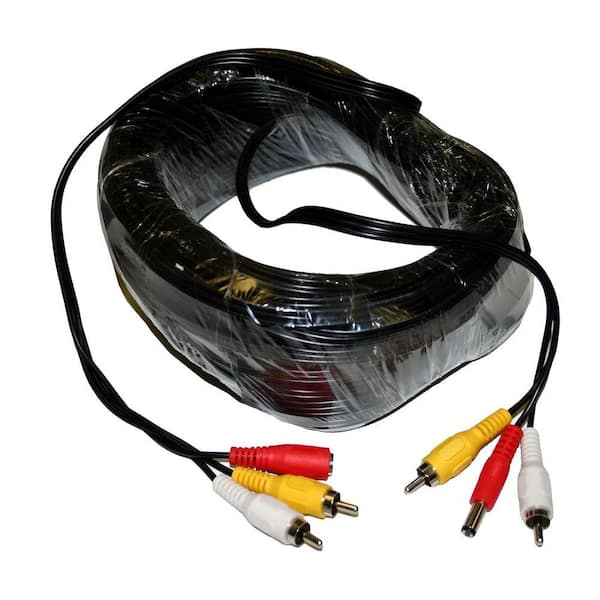The first step in successful camera placement is to locate vulnerable areas within the store. Such locations typically consist of entrances and exits, checkout registers, and aisles where high-value items are displayed. By installing cameras in these locations, retailers can observe shopper actions and detect suspicious activities. Additionally, surveillance systems at entry points can capture images of individuals entering and leaving the retail space, which is crucial for identifying potential shoplifters. This preventive approach helps in minimizing loss and guaranteeing a secure atmosphere.
A further important factor is the kind of surveillance device used in the retail space. Various types of cameras fulfill distinct functions. For instance, dome cameras are often used for indoor monitoring because they are less noticeable and can monitor a broad space. Conversely, bullet-style surveillance cameras are best for outdoor application, as they are much conspicuous and can discourage criminal activity. Retailers should evaluate their particular requirements and select the suitable surveillance device types to ensure comprehensive monitoring of the retail space.

In addition to camera types, the angle and elevation at which surveillance devices are mounted have a crucial role in their effectiveness. Cameras should be set at a level that enables for clear visibility of individuals and actions without being readily manipulated with. A common suggestion is to install cameras at least 8 to 10 ft off the ground. Furthermore, cameras should be tilted to monitor as wide area as feasible while preventing areas without coverage. This strategic placement guarantees that all areas of the store are monitored, offering a full view of customer engagements and possible security threats.
Ultimately, it is crucial for store owners to consistently assess and service their monitoring systems. This includes find out here inspecting surveillance device functionality, ensuring that footage are high-quality, and updating software as required. Routine maintenance aids to avoid mechanical issues that could compromise safety. Additionally, store owners should analyze footage regularly to spot patterns in shopper behavior and potential safety threats. By remaining vigilant and mindful to their monitoring equipment, store owners can create a safer retail atmosphere and protect their resources effectively.